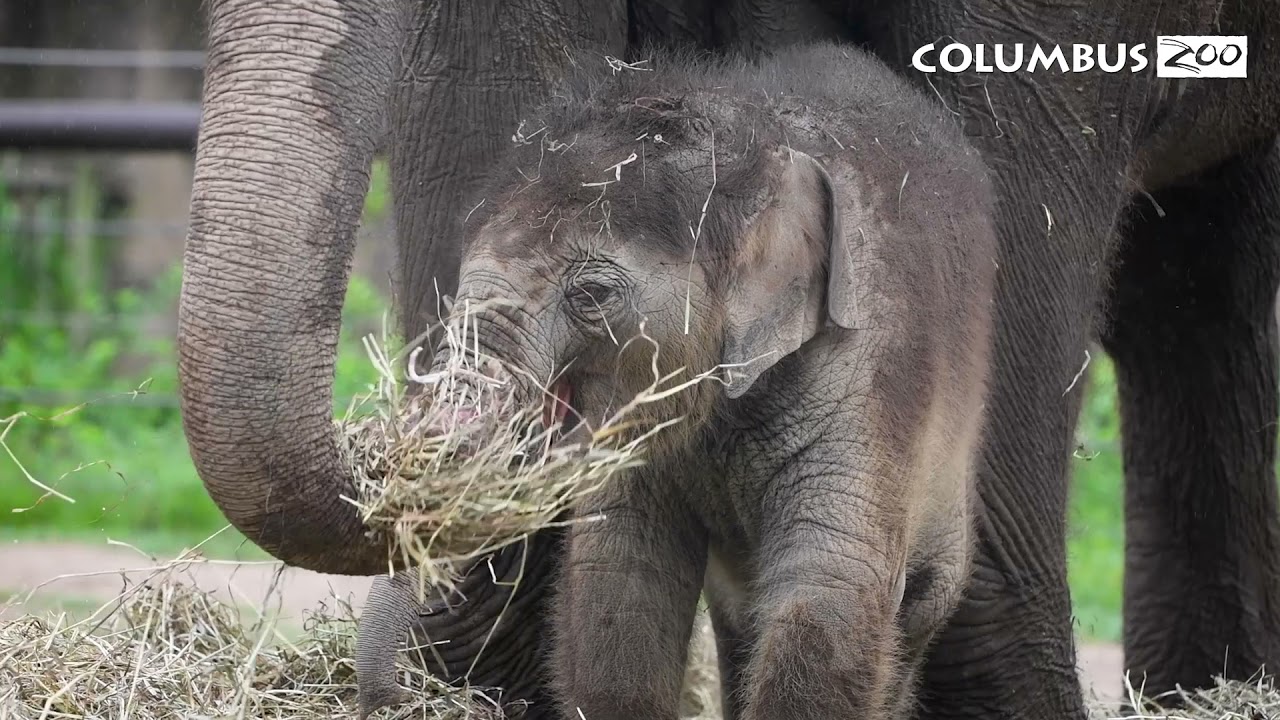Summary:
1. The Small Elephant Big World: A Unique Encounter
– Introducing the fascinating world of small elephants
– Exploring their habitat and behavior
– Highlighting the crucial conservation efforts
2. The Secrets of Small Elephant Communication
– Understanding the complex language of small elephants
– The role of trumpeting, rumbling, and other vocalizations
– The significance of body language in their communication
3. The Incredible Adaptations of Small Elephants
– Examining the physical characteristics that make them unique
– How their size affects their behavior and survival
– Unveiling their remarkable problem-solving skills
4. The Endearing Social Lives of Small Elephants
– The intricacies of their social structure
– The importance of herds and family bonds
– Observations on their empathy and emotional intelligence
5. Small Elephant Conservation: A Global Effort
– The increasing threats to small elephant populations
– Spotlighting conservation projects and initiatives
– How individuals can contribute to their protection and well-being
The Small Elephant Big World: A Unique Encounter
Have you ever heard of small elephants? These extraordinary creatures may not be as well-known as their larger cousins, but they possess a charm and allure that is truly captivating. Today, we embark on a journey to explore the world of tiny elephants, uncovering their secrets, remarkable adaptations, endearing social lives, and the pressing need for global conservation efforts.
The Secrets of Small Elephant Communication
Communication is vital to any social creature’s life, and small elephants are no exception. They have developed a nuanced and sophisticated language, relying on various vocalizations and body language cues to express their emotions and intentions. One of the most recognizable sounds in small elephant communication is trumpeting. This powerful call can be heard for miles and serves multiple purposes, including signaling alarm, expressing dominance, or announcing the arrival of a new member to the herd.
Rumbling is another form of communication among small elephants. This low-frequency vocalization, produced by air movement through the small elephant’s trunk, is often associated with bonding and social cohesion within the herd. It is believed to be a way for these majestic creatures to share their emotions and strengthen their social connections.
Beyond vocalizations, small elephants utilize an incredible array of body language to convey their messages. Ear flapping, for example, is an expected behavior that can indicate various emotions, from curiosity to agitation. Additionally, the position and movement of their trunks, along with the subtle shifts in their body posture, can reveal their intentions and mood.
The Incredible Adaptations of Small Elephants
Small elephants exhibit fascinating adaptations that have allowed them to thrive in their unique environments. Despite their more diminutive stature, they possess incredible strength and agility. Their relatively long legs provide excellent mobility, enabling them to navigate through dense vegetation effortlessly. This adaptation is particularly advantageous when traversing their preferred habitats, which often include dense forests and shrublands.
Remarkably, small elephants have several physical characteristics that set them apart from their larger counterparts. Their ears, for instance, are proportionally more prominent, providing them with an enhanced ability to dissipate heat. In hot climates, this adaptation is critical for regulating their body temperature. Additionally, their trunks are slightly shorter yet highly agile, allowing them to manipulate objects and gather food with astounding precision.
Furthermore, the size of small elephants profoundly impacts their behavior and survival strategies. It enables them to access food sources otherwise inaccessible to larger herbivores, giving them a competitive advantage in specific ecosystems. Their smaller size also allows them to move more quietly and inconspicuously, ensuring their safety in environments where predators lurk.
The Endearing Social Lives of Small Elephants
Small elephants are highly social beings, forming tight-knit herds of related individuals. These herds are typically led by a matriarch, an experienced female who guides the group’s movements, makes important decisions, and imparts her knowledge to the younger generations. The bonds within the herd are strong, founded on trust, cooperation, and mutual support.
One fascinating aspect of small elephant socialization is their empathetic nature. These gentle giants have demonstrated empathy towards injured or distressed individuals, offering comfort and exhibiting concern. Such displays of emotional intelligence further underline their remarkable social lives.
Small Elephant Conservation: A Global Effort
While the world of small elephants is undoubtedly captivating, it is essential to recognize the pressing need for conservation efforts to protect these magnificent creatures. Like many wildlife species, small elephants face numerous threats, including habitat loss, poaching, and human-wildlife conflict.
Fortunately, several organizations and initiatives are dedicated to preserving small elephant populations and their habitats. These include research projects aimed at understanding their ecology, community-based conservation programs that engage local communities, and awareness campaigns to educate the public about the importance of small elephant conservation.
As individuals, we can also contribute to their well-being by supporting ethical eco-tourism initiatives prioritizing small elephants’ welfare and conservation. By visiting responsible sanctuaries and donating to reputable organizations, we play a crucial role in ensuring a sustainable future for these majestic creatures and the ecosystems they inhabit.
In conclusion, the world of small elephants is both fascinating and awe-inspiring. Their unique adaptations, intricate communication, endearing social lives, and the necessity for conservation efforts all combine to create a captivating narrative. Let us join hands in protecting these gentle giants and their big world, ensuring that future generations can witness their magnificence, grace, and undeniable charm.
*****
Source Description


